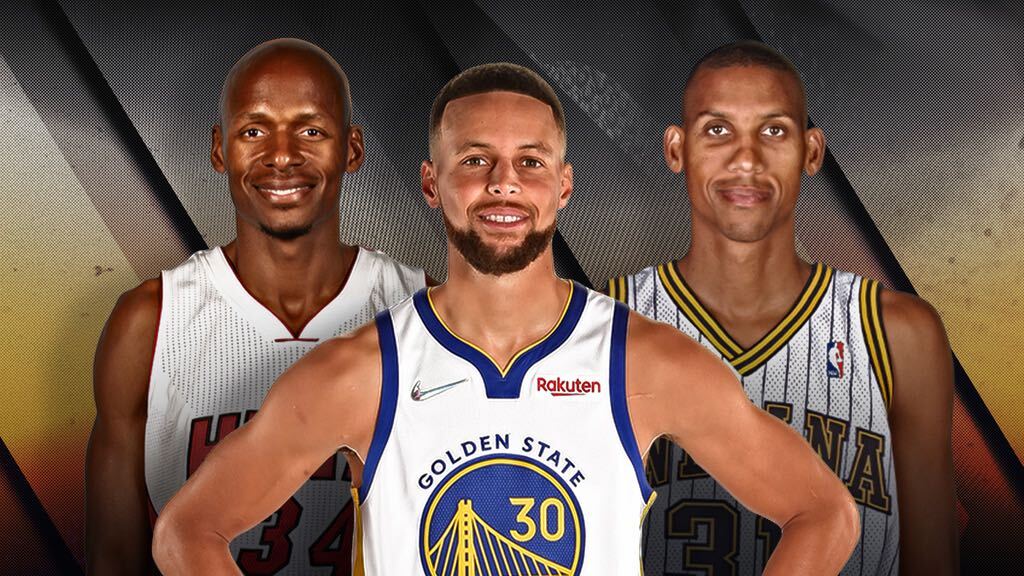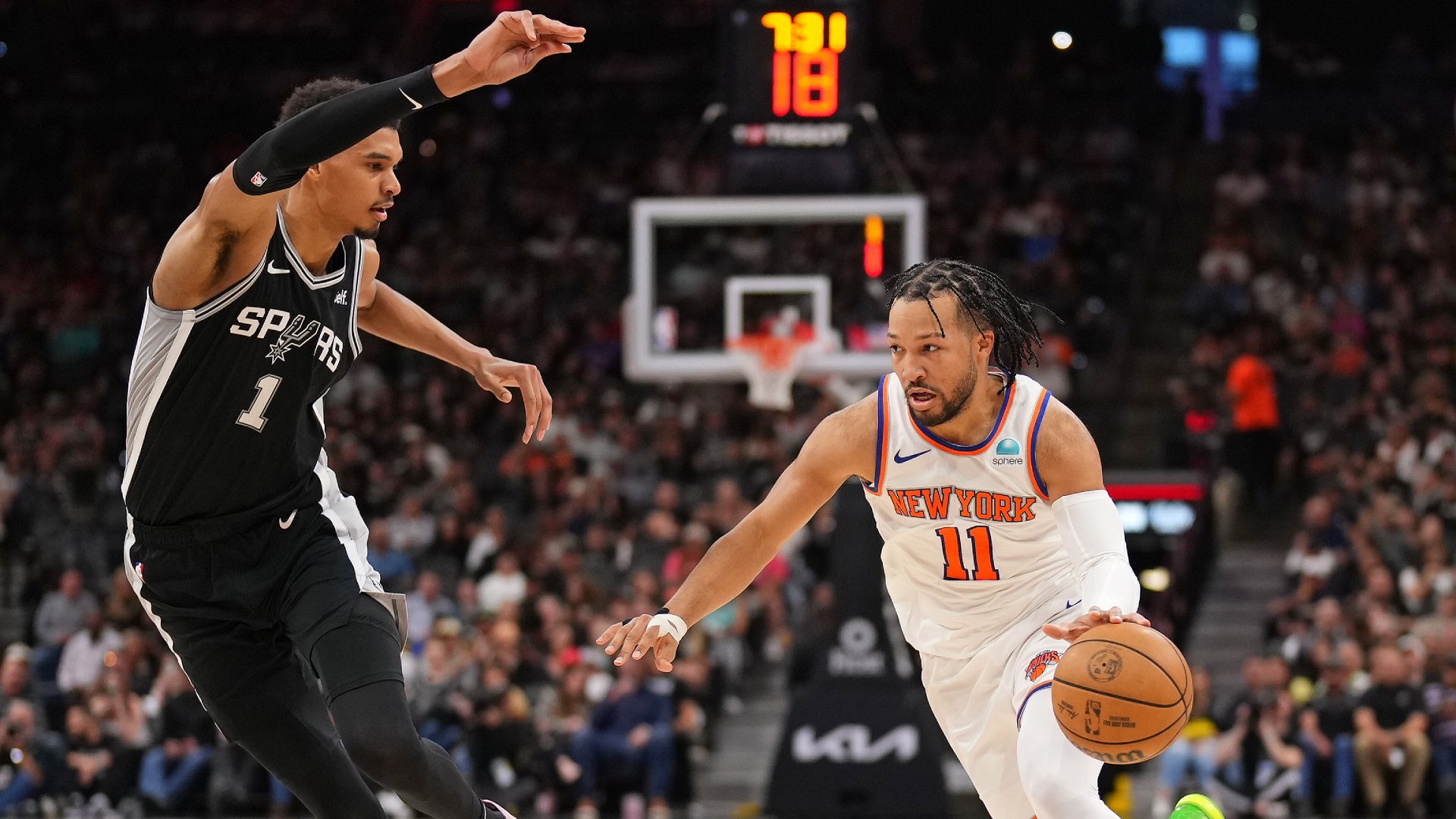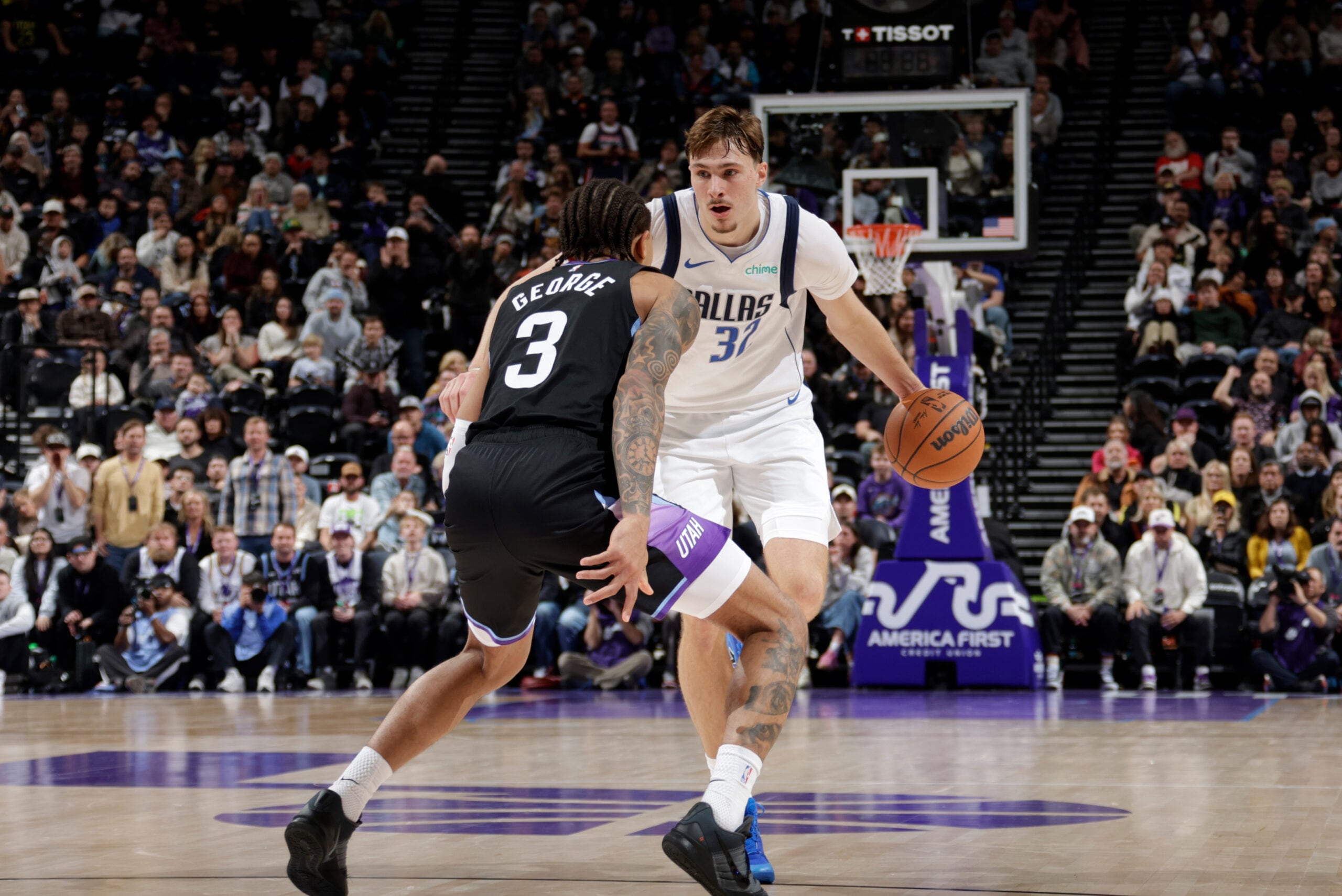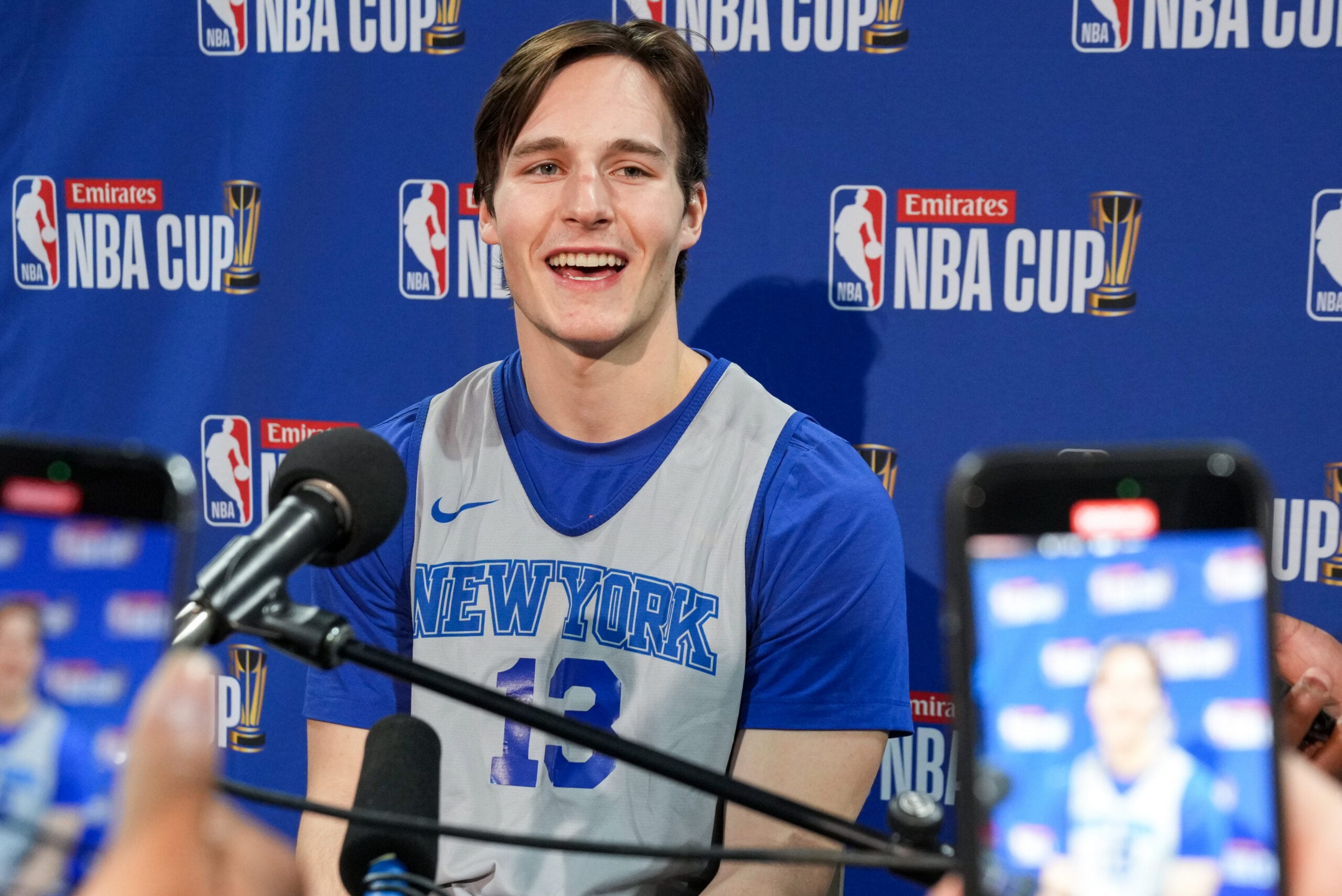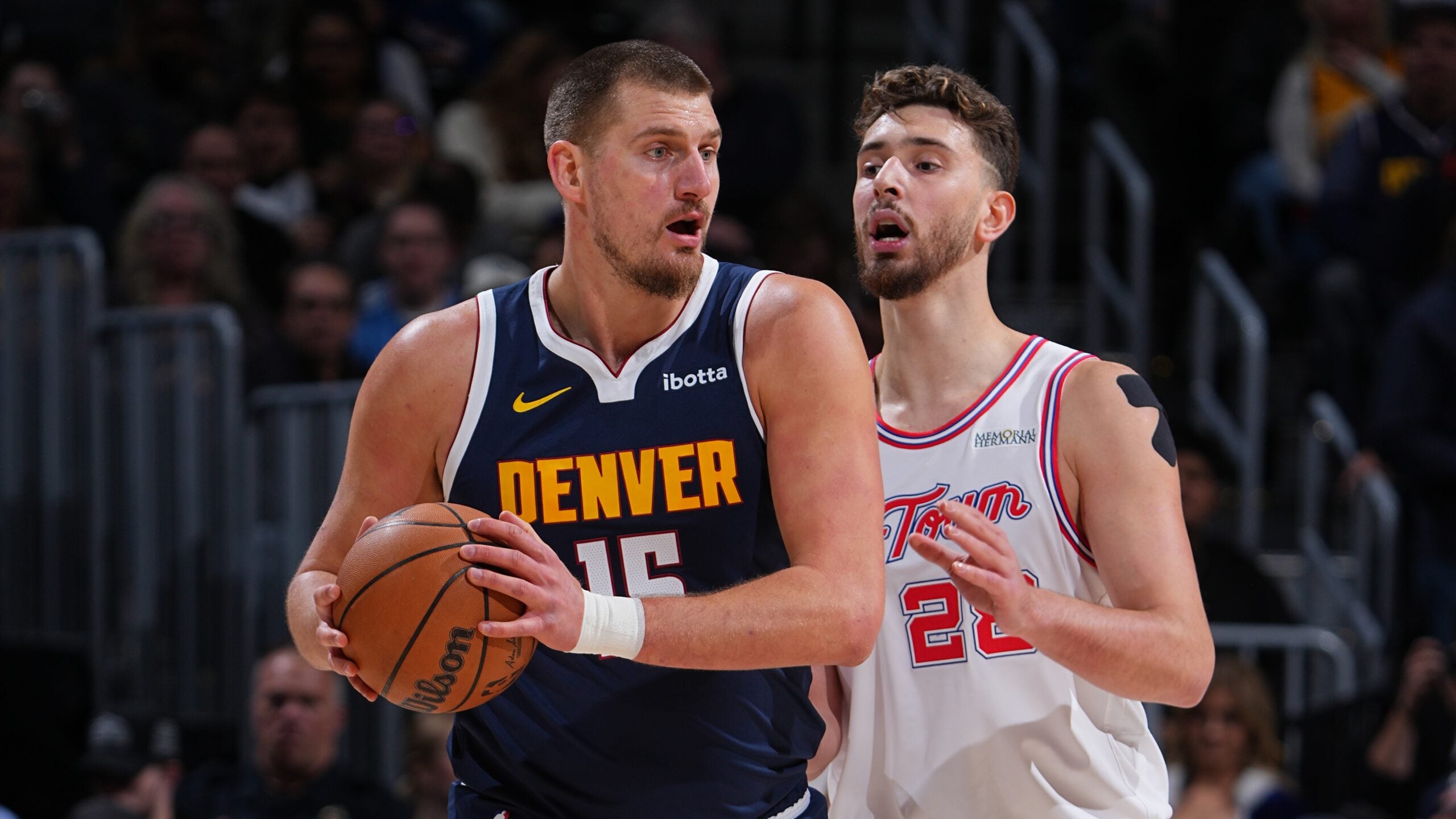
No one will ever know whether Vanderbilt sophomore guard Aaron Nesmith would have become the most prolific single-season 3-point shooter in Southeastern Conference history. A foot injury that ended his season just as conference games began in early January ensured that. But suffice it to say he had a great head start.
Not only was the 6-foot-6 Nesmith unfazed by the NCAA’s longer 3-point line, in the 14 games he played, Nesmith didn’t appear to notice — or care — from what distance he shot. Many of the 60 3s he made were from NBA range, and whether he was wide open or had a hand in his face, the result was often the same. On January 10, just before it was announced a stress fracture in his right foot had washed out the remainder of his season, Nesmith led the SEC and the nation in 3-point percentage (52.2%), 3s per game (4.29) and 3-pointers made (60). Nesmith was one of just two players in Division I to have made at least seven or more 3s in a game four times, and he led the league and was fifth in the country in scoring (23.0).
If all Nesmith could do was shoot 3s, he’d have been a godsend for first-year coach Jerry Stackhouse, who had inherited a depleted roster from a team that was winless in SEC games last season. But Nesmith had more weapons in his arsenal.
“When everything doesn’t go as well as we want to within an offensive set,” Stackhouse said after the Commodores’ second game of the season, “we’ve got a guy that we can put the ball in his hands.”
At the time of his injury, Nesmith was also shooting 51.2% from the field, the result of drives to the basket, post-ups, dunks in transition and mid-range floaters. And he was cashing in at the free-throw line (82.5%). Teams had to respect his off-the-bounce game, which made him, at the very least, a tough cover. Often, it seemed as though opponents were powerless to stop him, like the night he tossed in four 3s in a span of 1:39 and scored 34 points against Richmond, or his 28-point, eight 3-pointer night against SMU.
Given that scintillating start, anyone with a modicum of interest in the Vanderbilt program wondered how far Nesmith could take it this season, and whether, playing against consistently tougher SEC competition, teams could have game-planned to stop him, or at least slow him down.
One can only speculate now, but Nesmith’s freshman statistics offer a hint Nesmith could have kept on going. In 2018-19, Nesmith averaged 11.0 points and shot 33.7% from 3. In SEC games only, he averaged 13.5 points and shot 34.2% from behind the arc. He racked up 14 double-figure scoring games in the league — which many experts would say was more talented than it is this season — including four 20-point games. That latter total included a 26-point game against Florida, a 24-point, 14-rebound effort against an Auburn team that went on to play in the Final Four, 24 against Tennessee and 23 against South Carolina.
In the only SEC game Nesmith played this season before the foot injured sidelined him, he scored 18 points and made 4-for-6 3-pointers against Auburn.
Clearly, the step up in competition didn’t slow Nesmith. And one person who knows him as well as anyone thinks Nesmith would have ripped up the SEC, just like he did Vanderbilt’s non-conference opponents.
“Oh, definitely,” Tennessee freshman guard Josiah Jordan James says, matter of factly. “[SEC competition] probably would have elevated his game even more. I know the hard work he had put in over the summer and preseason. I knew how dialed in he was, just talking to him. He knew what he had to do for his team.”
James, a five-star point guard, and Nesmith have some history. They combined to help Porter-Gaud School in Charleston, South Carolina win three consecutive AAA state championships from 2016-18. James was able to see on a daily basis the competitive nature and the work ethic of his teammate.
Before the season, I told my trainer and my coaches — everybody, really — that was I was going to be the best shooter in college basketball
Aaron Nesmith
“His game is ever-evolving,” James says. “He’s working on every aspect of it. Like before this season, his level of focus going into workouts … just knowing the areas he had to improve, like ball handling and defense. He’s always been a great shooter. And now he’s taken steps to work on other areas.”
Vanderbilt associate head coach David Grace worked in the Pac-12 when Klay Thompson played in that league and saw other high-level athletes during a five-year stint at UCLA. Grace isn’t afraid to compare Nesmith to Thompson. And he’s convinced Nesmith’s pre-conference numbers foreshadowed what was to come in the SEC.
“He would have been tough to deal with in the league as well,” Grace says. “He garnered so much [defensive] attention yet he still got his points within the system. Coach Stackhouse’s system fit him perfectly. We were in awe when the kid missed a shot. And he could dunk on people. You definitely had your hands full if you were guarding him.”
Nesmith’s hot start to this season wasn’t an accident. He was thrilled when Vanderbilt hired Stackhouse. “It was a dream come true,” Nesmith says. “NBA veteran who was in the league for 18 years. Plays my position. Does what I do. Loved to put the ball in the basket. Going to outwork the guy next to him. Tough. Perfect for me.”
Nesmith knew he was going to be a focal point in the offense, so he took the unusual step of deconstructing what was always a reliable stroke because he didn’t think he shot the ball well enough as a freshman. After breaking it all down, Nesmith built it back up, piece by piece. And then he went to work, hoisting thousands of shots. Even after practices, he wouldn’t leave the gym until he tossed up 150 3-pointers.
“Before the season, I told my trainer and my coaches — everybody, really — that was I was going to be the best shooter in college basketball,” Nesmith says. “You watch me.”
Nesmith was well on his way. Then one day he was awakened from an afternoon nap by Vanderbilt’s trainer, who told him he had a stress fracture in his foot. Nesmith had been experiencing discomfort, not pain, most of the season, but doctors thought it was a high ankle sprain. When an MRI revealed the truth, Nesmith was devastated, but typical of the work ethic his parents instilled in him, he’s not going to let that interfere with his dreams of becoming a first-round NBA Draft pick. Most mock drafts have already anointed him as such.
“I’m just going to attack the rehab process every day,” Nesmith says. “And every day, I want to be one percent better than I was the day before.”
Vanderbilt fans can only wonder what might have been had Nesmith stayed healthy. For the record, the SEC’s gold standard for 3s in a season was set in 2018-19 by Auburn’s Bryce Brown (141). Kentucky guard Travis Ford shot 52.9% from 3 in 1993, a percentage that has held up ever since. Asked whether those records were in danger, and whether he could have kept up his onslaught against SEC opponents, Nesmith doesn’t hesitate.
“One hundred percent,” he says. “I know I could have kept it up just from a confidence standpoint. My confidence was at an all-time high after all my preparation and shot work. It became so second nature, there’s no doubt in my mind I could keep it up.”
* * *
Chris Dortch is the editor of the Blue Ribbon College Basketball Yearbook. You can email him here, follow him on Twitter and listen to the Blue Ribbon College Basketball Hour.
The views on this page do not necessarily reflect the views of the NBA, its clubs or Turner Broadcasting.



